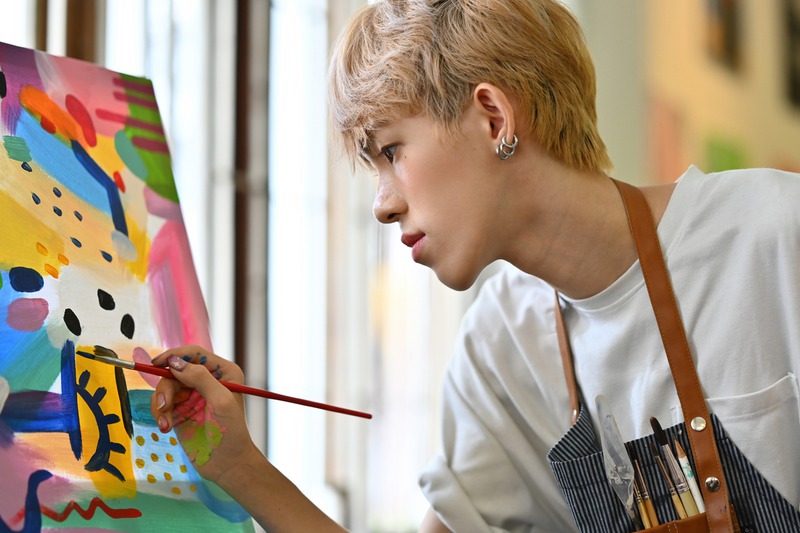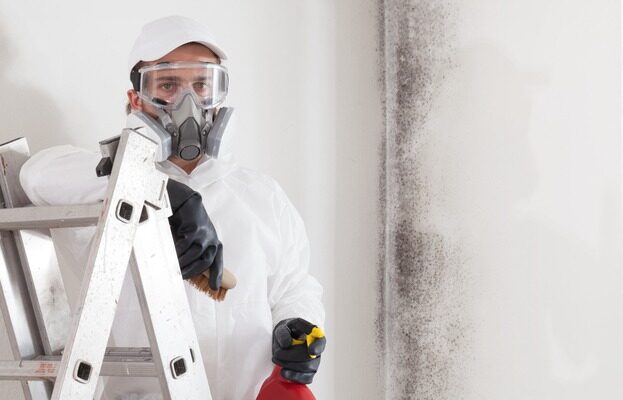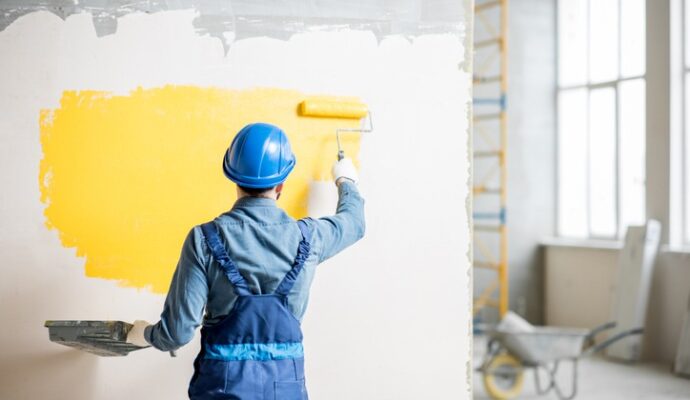Art classes benefit students by encouraging creativity and self-expression. Through drawing, painting, and sculpting, students develop important skills like problem-solving and critical thinking. These classes also help students improve focus, patience, and attention to detail. Working on art projects can boost confidence and allow students to express emotions in healthy ways. Learning about different artists and styles builds cultural awareness. Overall, art classes offer a supportive environment for exploring ideas and talents, making them a valuable part of a well-rounded education.
The Power of Expression
Art classes are a fantastic way for students to express themselves. Whether through painting, drawing, or sculpture, art provides a medium to convey emotions and thoughts. This goes beyond just creating pretty pictures; it’s about finding a voice, a way to say what might be hard to express with words.
The Freedom to Explore
In art classes, students have the freedom to experiment. They’re encouraged to try new techniques and materials, fostering a space where mistakes are part of the learning process. This sense of freedom can lead to innovative ideas and creative breakthroughs, further developing a student’s originality.
Development of Critical Thinking
Art encourages students to think critically. When approaching a new project, they have to plan, analyze, and create a strategy. This can enhance problem-solving skills and help in making connections between different concepts.
Improving Observation Skills
An artist’s eye is trained to observe the world in detail. Art classes teach students to pay attention to colors, shapes, and forms. This observation is not just applicable to art but also enriches their understanding of the world around them.
Emotional and Social Benefits
Art classes can be a safe space for students to explore their emotions. By reflecting on personal experiences or societal issues through art, students cultivate empathy and emotional intelligence. Additionally, working on group projects fosters collaboration and communication skills.
Building Confidence
Completing an art project can boost a student’s self-esteem. Seeing an idea come to life, receiving feedback, and refining their work encourages self-assurance and a willingness to take on new challenges.
Skills Beyond the Canvas
While art class teaches techniques like shading or perspective, the skills learned extend beyond art. Time management, patience, and perseverance are integral parts of the creative process and are valuable in numerous aspects of life.
Exploring Art Media
-
Painting
-
Sculpture
-
Digital Art
-
Photography
Trying different mediums can widen a student’s skill set, making them versatile creators.
Art in Education Systems
Art education can vary widely depending on the school system. Some schools prioritize art as a core subject, while others may provide it as an elective. Despite these differences, it’s universally acknowledged that art education plays a vital role in a well-rounded curriculum.
Nurturing Future Innovators
Incorporating art into education could nurture the next generation of innovators. The creative problem-solving skills developed in art classes are crucial for progress in fields like science and technology.
Importance of Art Teachers
Art teachers are not just instructors; they are mentors who guide students through their creative journeys. Their role is to encourage exploration and offer constructive criticism that helps a student grow.
Feedback and Growth
-
Constructive Criticism
-
Encouragement to Experiment
-
Guidance in Art Techniques
Such support positively influences a student’s development in both creativity and technical skills.
Connecting with the Community
An art school often brings people together. Workshops and exhibitions promote community interaction, giving students a chance to display their work. This cultivates a sense of community and belonging, opening doors for local opportunities.
The Role of Local Art Institutions
Attending art classes in Royal Oak, MI, or similar places offers more than just an education; it’s about becoming part of a community that celebrates creativity and shared passion.
Art Classes Foster Adaptability
The creation process demands adaptability. When a painting doesn’t turn out as expected, finding a solution encourages flexibility, a skill valuable in any career path.
Overcoming Challenges
-
Working with Limited Resources
-
Balancing Creativity with Constraints
-
Innovating Under Pressure
These experiences teach students how to adapt and overcome obstacles, ensuring they are better equipped for future challenges.
Encouraging Lifelong Passion
Art classes often plant the seeds for a lifelong passion. Whether students pursue art professionally or as a hobby, the skills and appreciation for creativity developed can last a lifetime.
The Journey Beyond School
Many students find that the skills learned during 8th/9th grade art lesson continue to influence their creative pursuits and career paths. The foundation built during these years can inspire a lifetime of exploration and artistic expression.
Final Thoughts
Art classes are more than just a fun break from traditional subjects. They play a crucial role in developing a student’s creativity, critical thinking, and emotional intelligence. Whether students are painting a masterpiece or collaborating on a group sculpture, the skills and insights gained are indispensable. So, whether you’re considering enrolling in an art school or exploring classes in your local community, remember that the benefits of engaging with the arts are profound and enduring.




